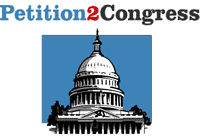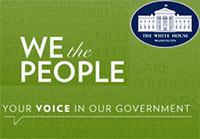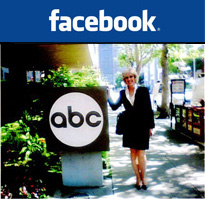WASHINGTON – The ranks of the working-age poor climbed to the highest level since the 1960s as the recession threw millions of people out of work last year, leaving one in seven Americans in poverty.
The overall poverty rate climbed to 14.3 percent, or 43.6 million people, the Census Bureau said Thursday in its annual report on the economic well-being of U.S. households. The report covers 2009, President Barack Obama’s first year in office.
The poverty rate climbed from 13.2 percent, or 39.8 million people, in 2008.
The share of Americans without health coverage rose from 15.4 percent to 16.7 percent — or 50.7 million people — mostly because of the loss of employer-provided health insurance during the recession. Congress passed a health overhaul this year to address the rising numbers of uninsured people, but its main provisions will not take effect until 2014.
In a statement, President Barack Obama called 2009 a tough year for working families but said it could have been worse.
“Because of the Recovery Act and many other programs providing tax relief and income support to a majority of working families — and especially those most in need — millions of Americans were kept out of poverty last year,” Obama said.
The new figures come at a politically sensitive time, just weeks before the Nov. 2 congressional elections, when voters restive about high unemployment and the slow pace of economic improvement will decide whether to keep Democrats in power in the House and Senate or turn to Republicans.
The 14.3 percent poverty rate, which covers all ages, was the highest since 1994. It was lower than predicted by many demographers who were bracing for a record gain based on last year’s skyrocketing unemployment. Many had predicted a range of 14.7 percent to 15 percent.
Broken down by state, Mississippi had the highest share of poor people, at 23.1 percent, according to rough calculations by the Census Bureau. It was followed by Arizona, New Mexico, Arkansas and Georgia. On the other end of the scale, New Hampshire had the lowest share, at 7.8 percent.
Analysts said the blow of lost incomes was cushioned in part by increases in Social Security payments in 2009 as well as federal expansions of unemployment insurance, which rose substantially in 2009 under the economic stimulus program. With the additional unemployment benefits, workers were eligible for extensions that gave them up to 99 weeks of payments after a layoff.
Another likely factor was a record number of working mothers, who helped households by bringing home paychecks after the recession took the jobs of a disproportionately high number of men.
“Given all the unemployment we saw, it’s the government safety net that’s keeping people above the poverty line,” said Douglas Besharov, a University of Maryland public policy professor and former scholar at the conservative American Enterprise Institute.
It was the biggest single-year increase in Americans without health insurance, lifting the total number to the highest since the government began tracking the figures in 1987. The number of people covered by employment-based health plans declined from 176.3 million to 169.7 million, although those losses were partially offset by gains in government health insurance such as Medicaid and Medicare.
Diane Rowland, executive vice president of the Kaiser Family Foundation, said additional increases in the uninsured are probable in the short run.
The big push to increase coverage in the new health overhaul law doesn’t come until 2014. At that time, Medicaid will be expanded to pick up millions more low-income people, and the government will offer tax credits for many middle-income households to use to buy coverage through new online insurance markets in each state.
By 2019, the government has estimated that nearly 93 percent of the U.S. population will have health insurance, roughly a 10 percentage point increase from today’s level.
Other census findings:
_Among the working-age population, ages 18 to 65, poverty rose from 11.7 percent to 12.9 percent. That puts it at the highest since the 1960s, when the government launched a war on poverty that expanded the federal role in social welfare programs from education to health care.
_Poverty rose among all race and ethnic groups, but stood at higher levels for blacks and Hispanics. The number of Hispanics in poverty increased from 23.2 percent to 25.3 percent; for blacks it increased from 24.7 percent to 25.8 percent. The number of whites in poverty rose from 8.6 percent to 9.4 percent.
_Child poverty rose from 19 percent to 20.7 percent.
In 2009, the poverty level was $21,954 for a family of four, based on an official government calculation that includes only cash income before tax deductions. It excludes capital gains or accumulated wealth, such as home ownership.
As a result, the official poverty rate takes into account the effects of some stimulus programs but doesn’t factor in noncash government aid such as tax credits and food stamps, which have surged to record levels in recent months.
___
Associated Press writer Ricardo Alonso-Zaldivar contributed to this report.















 29839 Sta Margarita Pkwy,
29839 Sta Margarita Pkwy, 
 Videography by Barbara Rosenfeld
Videography by Barbara Rosenfeld 

